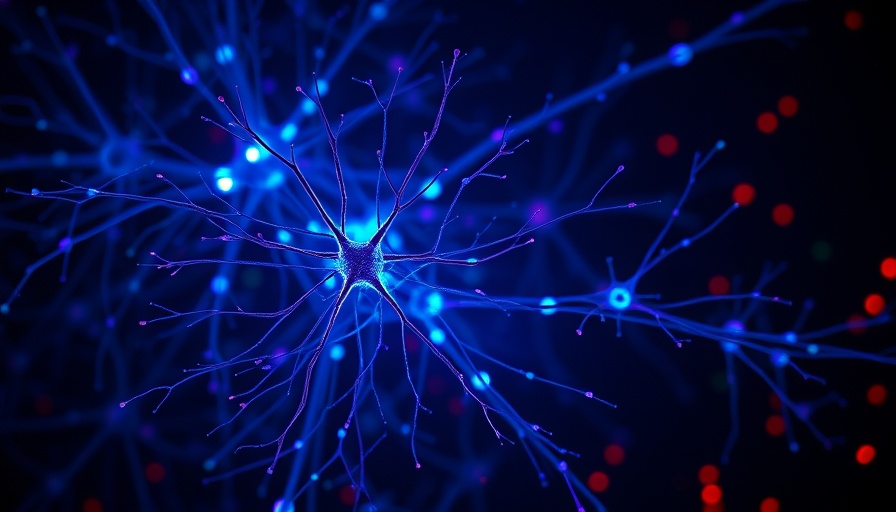
Pseudoreplication: A Hidden Pitfall in Neuroscience Research
For years, researchers have unwittingly contributed to misleading scientific conclusions through a practice known as pseudoreplication. This occurs when scientists treat multiple samples taken from the same animal as if they were independent replicates. Such statistical errors can significantly distort the findings of studies, particularly in the field of neuroscience. In a recent Q&A, Professor Peter Kind of the University of Edinburgh and his colleague Constantinos Eleftheriou shed light on this alarming trend, highlighting the need for structural changes in how statistical data is treated within scientific research.
The Scope of the Issue
A recent study, which reviewed 345 mouse studies concerning fragile X syndrome, revealed a disconcerting truth: more than half of these studies contained instances of pseudoreplication. This statistic raises serious questions about the reliability of current neurological research findings. The analysis shows that as journals have implemented stricter statistical reporting guidelines, the instances of suspected pseudoreplication have actually increased. For instance, the prevalence of such errors rose by 14% for studies focused on fragile X syndrome following the enforcement of these guidelines published by Nature.
Why Is Pseudoreplication Common?
Professor Kind argues that the rise in reported pseudoreplication is not due to a decrease in ethical standards among researchers; rather, it stems from a lack of awareness about proper statistical methods. “Many researchers mistakenly believe that each brain cell or each spine on a dendrite can be treated as independent,” he shared. This misapprehension can artificially inflate the perceived power of a study’s results, creating a facade of significance where there’s none.
Changing the Culture: Education and Awareness
To combat pseudoreplication, both Kind and Eleftheriou emphasize the need for improved statistical education in science curricula. This educational shift would help new generations of researchers understand the importance of using appropriate statistics correctly. “We need to treat our statistics with as much respect as our experimental design,” Kind urged. To this end, training about statistical approaches should be as rigorous as the innovative techniques researchers learn to gather their data.
The Role of Journals and Reviewers in Preventing Pseudoreplication
Journals and peer reviewers play a crucial role in ensuring that studies adhere to high statistical standards. In the Q&A, Kind suggested that the responsibility lies with journals to scrutinize manuscripts closely for instances of pseudoreplication. By demanding clarity and transparency in reported statistics, journals can help mitigate the influence of this scholarly pitfall. Moreover, reviewers should be educated about the signs of pseudoreplication to better assess the integrity of submitted studies.
Future Implications and Trends in Neuroscience Research
The implications of addressing pseudoreplication extend far beyond improving scientific papers. If researchers become more diligent about statistical integrity, the overall quality of neuroscience research will improve, resulting in more reliable conclusions and ultimately better outcomes for public health. This cultural shift in how neuroscience is approached can lead to breakthroughs in understanding and treating neurological disorders, thus benefiting patients worldwide.
Final Thoughts: A Call for Integrity in Science
As the conversation around pseudoreplication advances, it calls for a collective commitment to rigorous scientific practices and education. Researchers, journals, and the broader scientific community must prioritize understanding and preventing pseudoreplication, ensuring the credibility of research findings. Only then can trust be restored in the data that shapes our understanding of neurological disorders and the development of new treatments.
 Add Row
Add Row 

 Add
Add 


 Add Row
Add Row  Add
Add 
Write A Comment